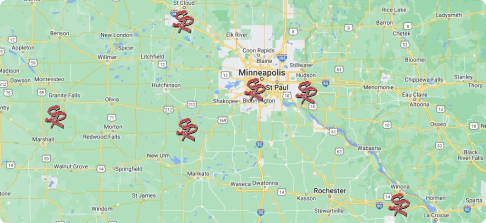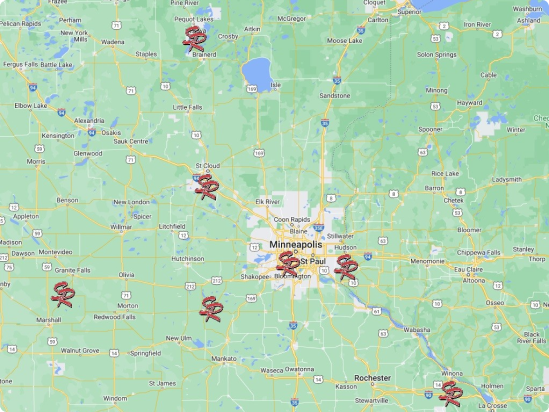While a small water spot on your walls may not seem a cause for concern, it can indicate a larger problem at home. Water spots on interior walls can be caused by various factors, ranging from faulty plumbing to leaks in the roof or foundation. If you notice water spots on your walls, it’s important to investigate the cause and take steps to address the issue. Doing so will help to protect your home from further damage and maintain its value.
Rather than standing there asking, why are there wet spots on my walls, find the answer to your question right here. These are the most common causes of water spots on interior walls.
- Leaks
One of the most common causes of water or wet spots on interior walls is leaks coming from outside your home. These can occur in various places and can point to issues in your siding, windows, and doors. In some cases, leaks can also be caused by faulty gutters or downspouts that allow water to pool around the foundation. In some cases, the leak may be visible; in others, it may be hidden behind your siding or under the shingles of your roof. In some cases, these leaks can be repaired. However, if they are left unaddressed, they can cause serious damage to your home. In the most severe cases, they will require full roofing, siding, windows, or gutter replacement.
Once a leak has been identified, it is important to take action immediately to address the problem. The first step is to determine the source of the leak. Once the source has been located, you can then take steps to repair the damage and prevent future leaks. If the leak is caught early, a simple repair will often suffice.
- Condensation
Condensation is one of the leading causes of water or wet spots on interior walls in a home. When warm, moist air hits a cold surface, such as a wall or window, it condenses into liquid form. This can happen when the indoor humidity level is too high or when there is a difference in temperature between the inside and outside of the home. The best way to prevent condensation from damaging your home is to ventilate the affected area and then dry it off with a towel or cloth. You can try opening a window or turning on a fan in the room to increase air circulation. If that doesn’t work, you might need to invest in some better window insulation, like storm windows or caulk.
- Humidity
High humidity levels can cause water spots or streaks on the walls of your home. This is because water vapor in the air condenses on cooler surfaces than the surrounding air. In addition to being unsightly, these spots can lead to mold or mildew. To address this problem, you’ll need to lower the humidity levels in your home. You can use a dehumidifier, open windows, or running fans. You may also want to consider sealing any cracks or gaps in your walls, as this will help to prevent moisture from seeping in.
- Improperly Sealed Windows or Doors
Occasionally, water spots on walls are caused by improperly sealed windows or doors. Over time, the caulking or weather-stripping around these openings can fail, allowing moisture to seep in. In some cases, you may be able to resolve the issue by simply reapplying to caulk or replacing worn weather stripping. However, if the problem is more serious, you may need a professional to repair or replace the affected window or door.


